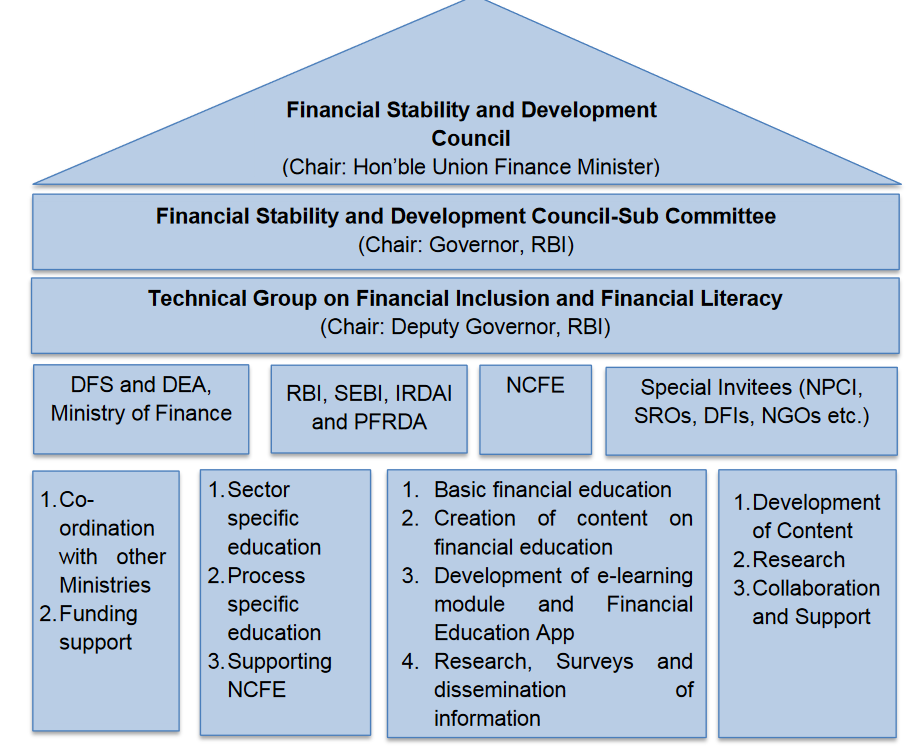900 319 0030
enquiry@shankarias.in
National Strategy for Financial Education (NSFE)

TGFIFL
Nuakhai Juhar
Dalkhai Folk Dance

Behrupiyas

Chora Museum
Open API Service
Source: PIB, the Hindu,